Facial expressions are a fundamental aspect of human communication, conveying emotions, intentions, and reactions without the need for words. Understanding these expressions and their meanings is crucial for effective interaction. Here are some common facial expressions and their interpretations in English: **1. Smiling:** A smile can indicate happiness, friendliness, or approval. It is one of the most universally recognized facial expressions. A genuine smile, known as the Duchenne smile, involves the contraction of the orbicularis oculi muscles, causing the eyes to crinkle. **2. Frowning:** A frown typically signifies displeasure, sadness, or concern. It involves the downward turn of the mouth and often the furrowing of the brows. **3. Surprise:** The expression of surprise is marked by raised eyebrows, wide-open eyes, and an open mouth. It can indicate shock, amazement, or astonishment. **4. Anger:** An angry expression includes a furrowed brow, narrowed eyes, and a tense mouth. This expression signals displeasure, frustration, or hostility. **5. Fear:** Fear is shown through wide eyes, raised eyebrows, and a mouth that may be open or tense. It indicates a reaction to a perceived threat or danger. **6. Disgust:** Disgust is characterized by a wrinkled nose, raised upper lip, and sometimes a protruding tongue. It conveys a reaction to something unpleasant or offensive. **7. Sadness:** Sadness is expressed through a downturned mouth, drooping eyelids, and raised inner corners of the eyebrows. It reflects feelings of sorrow, disappointment, or grief. **8. Contempt:** Contempt is shown by a slight sneer, where one side of the mouth is raised. It suggests a feeling of superiority or disdain. **9. Confusion:** A confused expression often involves furrowed brows, a tilted head, and a slightly open mouth. It indicates uncertainty or puzzlement. **10. Excitement:** Excitement is depicted by wide eyes, a broad smile, and sometimes raised eyebrows. It reflects enthusiasm or eagerness. Facial expressions are influenced by cultural norms, personal experiences, and situational contexts. However, many expressions are universally recognized, making them a vital component of non-verbal communication. The ability to read and interpret facial expressions enhances social interactions, empathy, and understanding, fostering better relationships and communication in both personal and professional settings.
Yüz ifadeleri ve anlamları ingilizce
Anlam
08, Ocak 2025
Eagle
73
0
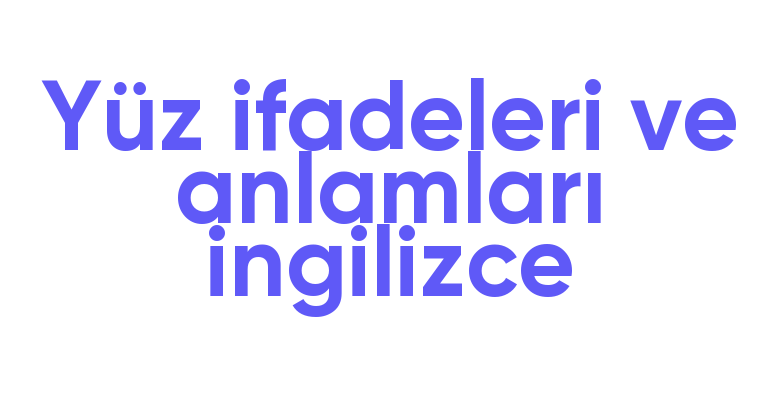

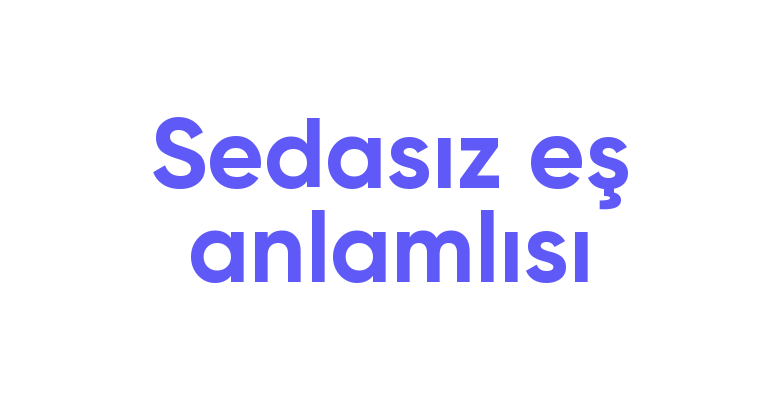
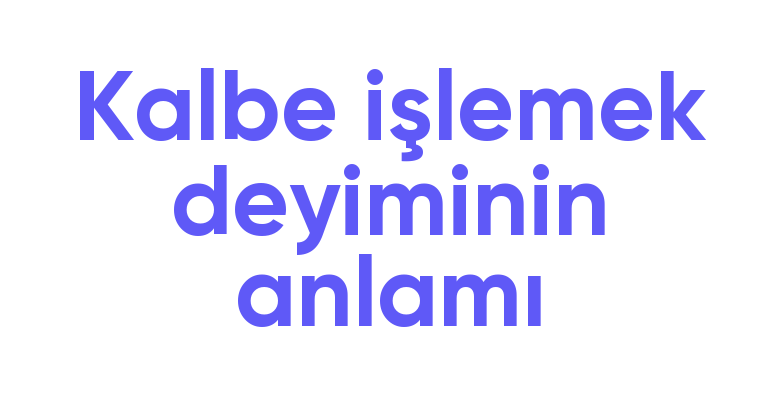


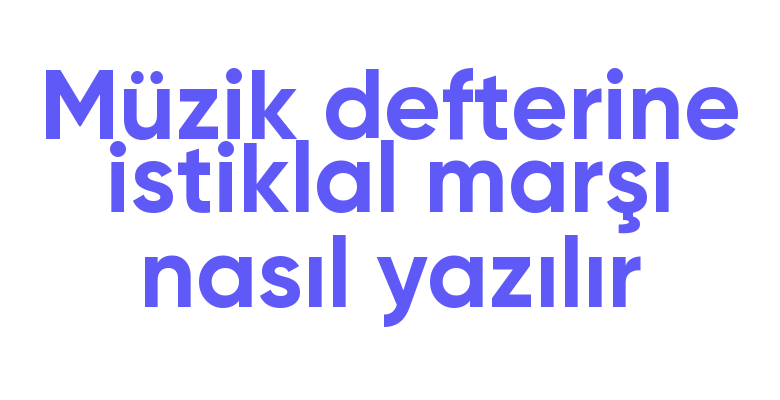
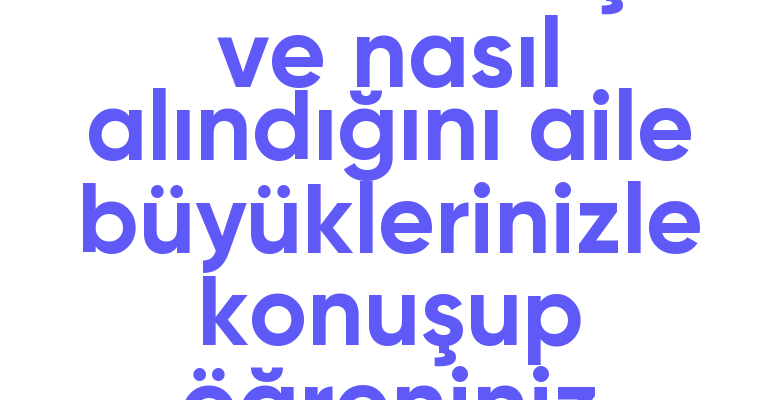
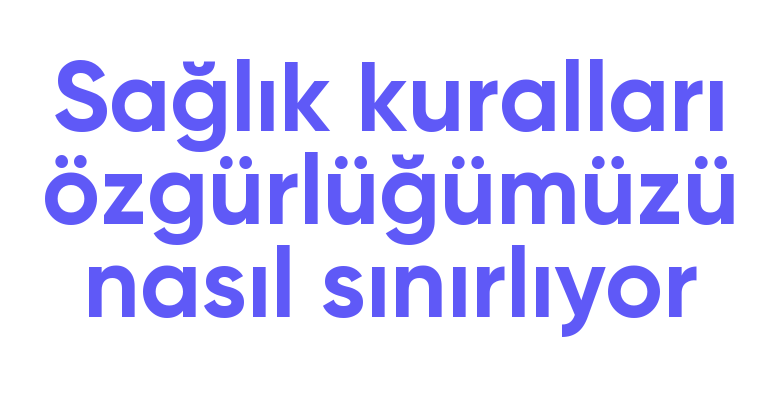
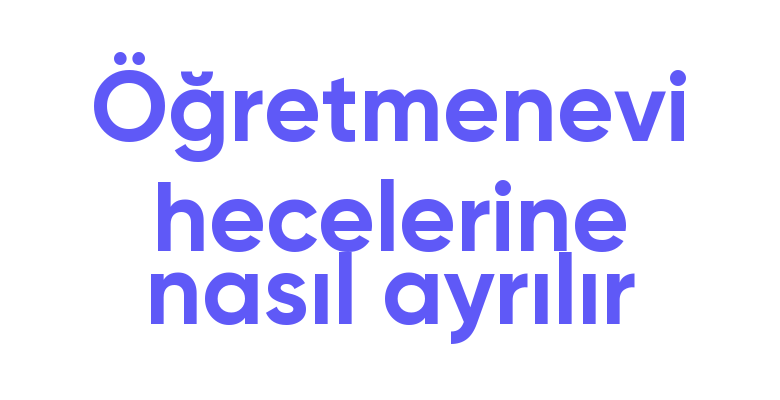

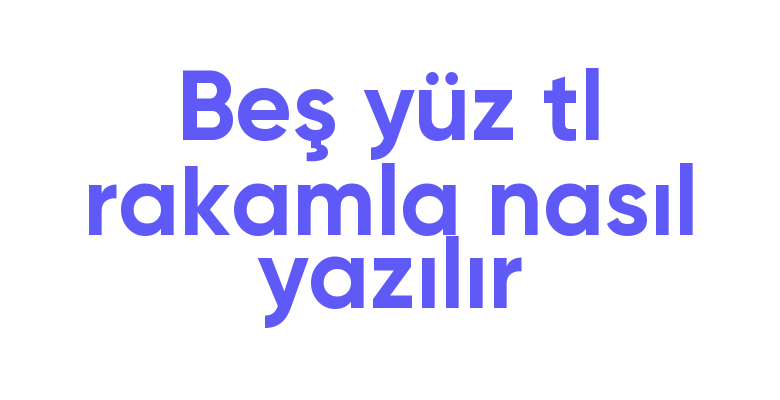
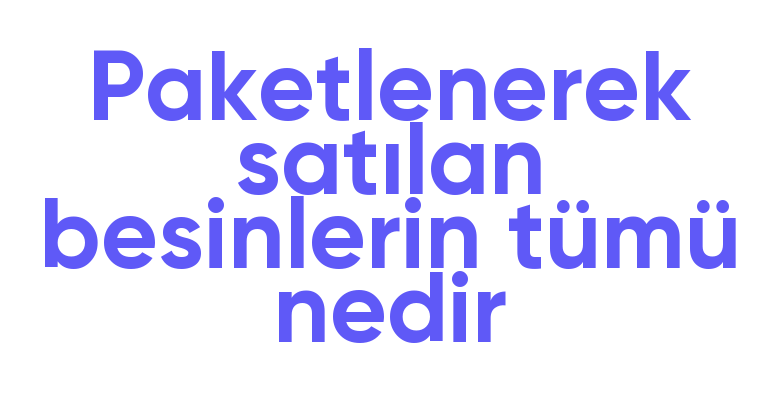
Add Comment